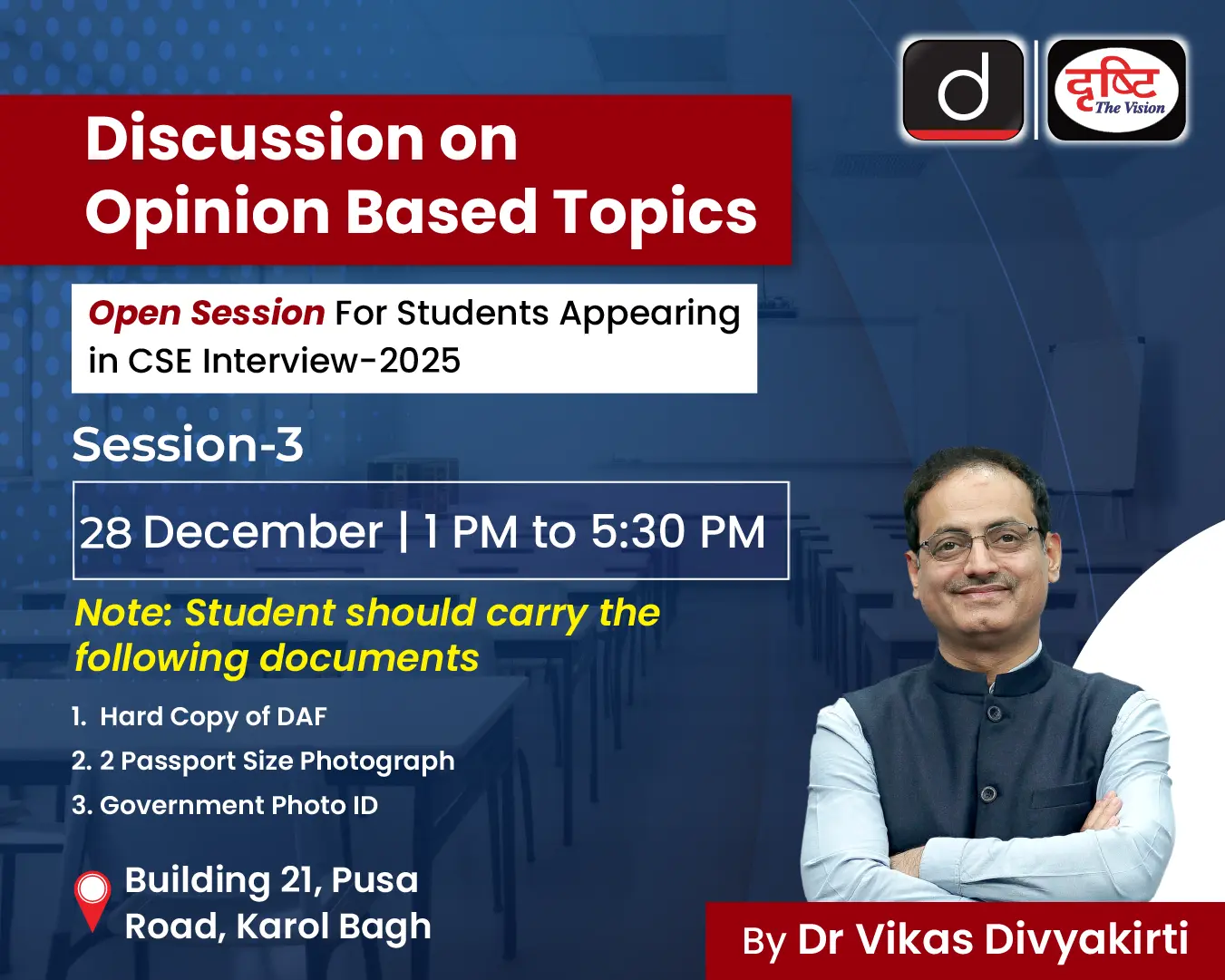Biodiversity & Environment
Phosphine as Fumigant
- 12 Jun 2019
- 4 min read
Scientists from the National Centre for Integrated Pest Management (NCIPM) and Indian Council of Agricultural Research (ICAR) have conducted experiments in four different agro-climatic locations for the use of Phosphine as replacement of methyl bromide.
- Phosphine is 100% effective against the pests as a fumigant in a gaseous form. It is normally produced using aluminium phosphate as substrate.
- Phosphine may be as effective as the methyl bromide in killing insect pests and can be used as quarantine fumigant at ports.
Methyl Bromide
- Methyl bromide is used for killing insect pests and can be used as quarantine fumigant at ports. Methyl bromide is an ozone-depleting substance.
- India has signed and ratified the Montreal Protocol, and is committed to phasing out methyl bromide and other ozone-depleting substances (ODS) by 2015.
- The fumigant is still used at Indian ports for treating cereals and pulses imported from other countries to quarantine insect pests.
- The fumigant is said to have 60 times ozone-depleting potential than refrigerant chlorofluorocarbons, which has already been phased out globally.
- 95% of the countries in the world have phased out methyl bromide and only India and a few South East Asian countries currently permit its use.
- India has been penalising those who are exporting food products without treating them with methyl bromide and this has been an issue of contention in many bilateral trade deals.
Use of Phosphine
- India has banned the use of methyl bromide in domestic warehouses, phosphine is used in its place as a fumigant.
- This is because methyl bromide is not good for repeated use as it leaves residues in the grains.
- The grains stored in warehouses need to be fumigated every three months and phosphine, which has no residual build-up should be preferred over methyl bromide.
- Currently, methyl bromide is preferred as quarantine pest fumigant as it is fast-acting and provides an advantage of time.
- It is capable of killing pests like grain borers, beetles and weevils in less than 24 hours.
- Phosphine, on the other hand, takes almost five days.
Ozone-depleting substances
- These are man-made gases that destroy ozone once they reach the ozone layer. The ozone layer exists in the stratosphere (upper atmosphere) and reduces the amount of harmful ultraviolet radiation that reaches Earth from the sun.
- Ultraviolet radiation can have detrimental effects on both humans and the environment such as inducing skin cancer and cataracts, distorting plant growth and damaging the marine environment.
- Ozone-depleting substances include:
- Chlorofluorocarbons (CFCs)
- Hydrochlorofluorocarbons (HCFCs)
- Hydrobromoflurocarbons (HBFCs)
- Halons
- Methyl bromide
- Carbon tetrachloride
- Methyl chloroform
- These substances have been used as refrigerants in commercial, home and vehicle air conditioners and refrigerators, foam blowing agents, components in electrical equipment, industrial solvents, solvents for cleaning (including dry cleaning), aerosol spray propellants, fumigants.







